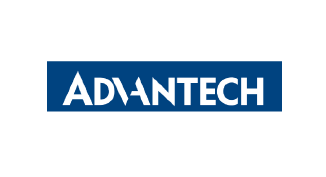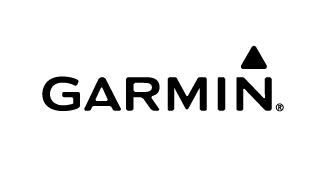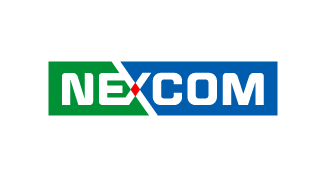AI Case Studies
EMS
Leverage Profet AI’s expertise in diverse manufacturing processes to harness process data and build predictive models. Our solutions assist the Electronics Manufacturing Services (EMS) industry by optimizing process parameters, identifying quality issue factors, simulating pre-production parameters, and enabling virtual measurement of manufacturing outcomes.
Application Scenarios
Parameter Recommendation, Workforce Demand Forecasting, Anomaly Detection
Status Quo
The EMS sector plays a vital role in producing electronic products like consumer electronics, communication devices, industrial controls, and medical equipment. As technology advances, the demand for electronic products grows, positioning EMS as crucial in the global market.
Challenges
EMS faces intense market competition, rapid technological changes, complex supply chain management, and increasing environmental regulations. To address these, EMS must enhance quality management, reduce costs, and strengthen partnerships with customers and suppliers.
Reflow Oven Parameter Optimization
Optimizing reflow oven parameters is a critical task in the EMS industry, involving adjustments to heating, cooling, and operational parameters to ensure welding quality and production efficiency.
Pain Points Analysis:
- Time-Consuming Optimization: Parameter adjustments based on experience are labor-intensive and costly.
- Quality Inconsistency: Improper settings can lead to inconsistent welding quality, increasing defect rates.
- High Skill Requirement: Significant demand for skilled technicians leads to high training and retention costs.
Benefits and Outcomes:
- Quality Simulation: Online parameter adjustments reduce defect rates by 10%.
- Parameter Recommendation: Saves 20% of time costs, boosting production efficiency.
Workforce Demand Forecasting
Workforce demand forecasting is a critical HR task aimed at accurately predicting future needs and effectively allocating and managing human resources to meet production and business demands.
Pain Points Analysis:
- High Demand Uncertainty: Fluctuating market demand and short product life cycles make accurate forecasting challenging.
- Low Allocation Efficiency: Inaccurate forecasts lead to workforce surplus or shortage, impacting efficiency and cost control.
Benefits and Outcomes:
- Accurate Forecasting: Prevents surplus or shortage, improving allocation efficiency by 8%.
- Cost Reduction: Efficient planning reduces labor costs by 13%.
- Increased Efficiency: Timely and appropriate workforce allocation boosts production efficiency.
Screw Fastening Quality Inspection
Even with correct fastening torque, there are risks of screw breakage or misalignment, leading to customer complaints and fines.
Pain Points Analysis:
- Inefficient Inspection: Inline inspection is not feasible due to product characteristics.
- Unclear Analysis Methods: Engineers often lack effective analysis tools, even when aware of issues.
- Implementation Challenges: Traditional methods struggle to effectively implement solutions.
Benefits and Outcomes:
- Real-Time Detection: Reduces FQC returns due to screws by 20%.
- Inspection Efficiency: Improves screw inspection efficiency by 50%.









